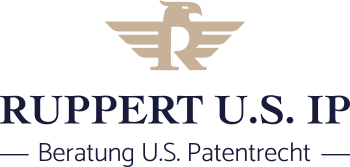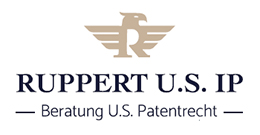WORLDWIDE PATENT APPLICATIONS (PCT)
DISCLAIMER: The information provided herein is simplified and should not be construed as a definitive statement of the law or practice.
PCT PATENT APPLICATIONS – AN OVERVIEW
You want to obtain patent protection for your invention in China, Japan, Australia, Canada or in another foreign country? To do this, you must apply for a patent in any country or region you wish to obtain patent protection of your invention. You have several options:
- Within 12 months of the priority date, you can file your invention DIRECTLY in the country of your choice. However, if you choose more than one country, this can be very expensive. This option mainly makes sense if you have already decided after 12 months to seek patent protection in only a few foreign countries.
In order to save costs, should you be interested in several countries, there are in principle two “multi-country” options available: - In Europe, an application can be filed with the European Patent Office (EPO). This patent application will be examined in the EPO and, after grant, can then be nationalized in any desired European country. This means that you will be granted the same patent claims in all desired European countries – without incurring any cost for national patent examinations. Nevertheless, there are costs for nationalization, which can be quite substantial where translations are required.
- By filing a single PCT application, you can delay national filing of a patent application in almost any desired country by up to 30 or 31 months, and thus “buy” yourself 18 or 19 months of time. PCT stands for Patent Cooperation Treaty and allows an applicant, with a single patent application, to then file a national patent application in any desired country that is a member country of the PCT.
A “PCT” patent application basically is a “placeholder” patent application for a worldwide application for your invention. However, it does not lead to a “world”-patent but allows the applicant to apply for a national patent at a later date in the countries the applicant wishes to expand business into. That is, a PCT application delays an original application deadline. The later date is, depending on the country and with very few exceptions (e.g., Taiwan), 30 or 31 months after the priority date of invention. This gives an applicant much more time to “refine” the invention, realize market potential, organize funding, and possibly find licensees. In addition, the applicant also postpones the time at which significant patent costs in the foreign countries are incurred. Those can be quite substantial, depending on the country, for translations, among other things. However, a PCT application also costs several thousands in official fees.
To file a PCT application, at least one of the applicants must be a citizen or resident of one of the PCT member states. The PCT application is then filed in the PCT filing office corresponding to the nationality of the applicant. For example, to file a PCT application in the U.S. PCT filing office, at least one of the applicants must be a U.S. citizen or U.S. resident. A company incorporated in the U.S. counts as a U.S. citizen.
Timing Of The PCT-Process:
0 months: The applicant files a priority application for an invention and receives a “priority date”. In the U.S., this can be either a provisional or a non-provisional patent application. The priority application then triggers a 12-month period within which the applicant must file another application to obtain patent protection abroad. If this date is missed, no foreign patent application claiming benefit of the priority date can be filed anymore.
12 months after the priority date: This is the filing deadline for a foreign patent application. Applicant typically files a PCT application.
16 months: An International Search Authority (“ISA”) prepares an International Search Report (“ISR”) and a Written Opinion (“WO”) on the claimed invention, which essentially is the result of examining the patent claims. Should the latter be unfavorable, the applicant has the option to file a response and amendments to the patent claims (“Article 19 Amendment”; 2 months after receipt of the ISR/WO). This response/amendment will then be sent to all national patent offices in the countries in which the applicant wishes to nationalize the PCT application.
18 months: International publication of the PCT application takes place.
22 months: A Chapter II Demand can optionally be filed. Hereby applicant requests an international preliminary examination of the patent claims and has again the possibility to amend the previously filed patent claims.
28 months: An International Preliminary Examination Report (“IPER”) is issued. If no Chapter II request has been filed, the IPER is identical to the ISR/WO. This examination report is submitted to the national patent offices where applicant later files a national patent application.
30 Months: This is the latest date by which applicant must file a national patent application in countries applying a 30-month period.
31 months: This is the latest date by which applicant must file a national patent application in countries applying a 31-month period.
Once applicant files the national patent application, the “PCT” process is over. The national patent application, which is identical in content to the PCT application, is then processed in the national patent offices by their examiners. Often these examiners are guided by the ISR/WO/IPER. This means that a positive PCT examination report, in which, for example, novelty and non-obviousness of applicant’s claimed invention was found, may lead to a similarly positive report in the national patent offices.



